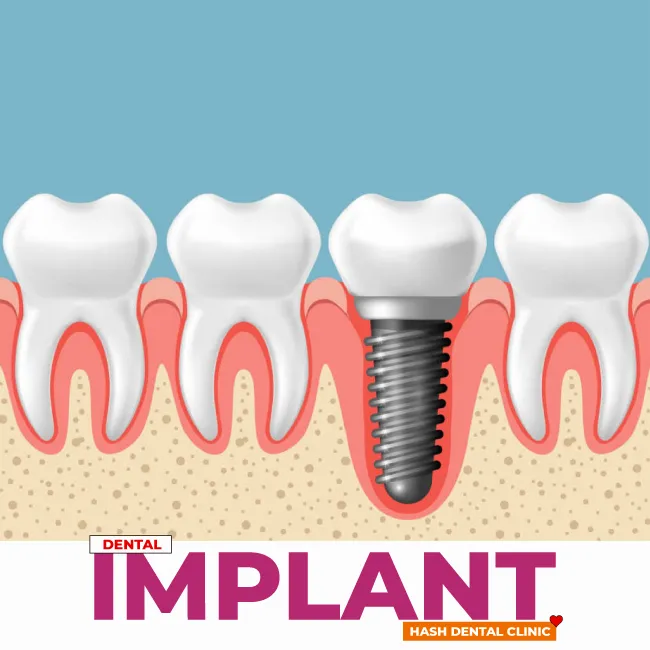Dental Implants Procedure: Steps to Prepare for Smile
Here’s an overview of the procedure for a dental implant.
Stage 1
A dental implant will start with an evaluation meeting to determine the treatment required for your teeth. In order for our dentist to produce an implant that matches your natural teeth, this meeting will involve X-rays to evaluate the state and a model of your teeth. Alongside that, your jawbone will be examined to ensure it's safe to use your new implants in place of your existing teeth. Depending on how many implants you need and the state of your jawbone, this could take longer. You might be referred to a periodontist or a maxillofacial surgeon in more complicated situations. Our dentist will also point out any health issues that could compromise the course of treatment. This will ensure that there are no risks or complications during the surgery.
Stage 2
• Our dentists will extract the tooth that the implant is replacing if it is still in the mouth.
• Although tooth extraction is usually a straightforward procedure, it may become more difficult if the tooth is impacted, badly damaged, or infected.
• To extract the tooth in such cases, the dentist might have to make tiny incisions in the gums.
• Following extraction, the area is meticulously cleaned to get rid of any infection or debris.
• In certain cases, a dental implant can be inserted right after extraction (an instantaneous implant), which shortens the duration of the procedure.
• The implant process could be postponed, though, if bone grafting is required or the jawbone needs time to recover.
• After extraction, the healing process usually takes a couple of weeks, during which the bone and gums will recover for the next stage.
Stage 3
Remember, if your jawbone is too weak or soft to hold a dental implant, bone grafting will be necessary. The implant may not have a solid base to merge with if the bone is soft or weak. Therefore, a tiny piece of bone from another area of your body or synthetic bone material is used by the dentist to place it onto the implant site during the bone transplantation procedure. This guarantees the strength of the jawbone to hold up the titanium post that will be placed in the following stage. In order to provide the density and strength required for the implant to integrate well, bone grafting is essential. Depending on the severity of the injury, bone grafting recovery can take just a couple of weeks to several months.
Stage 4
• The dentist will place the implant after the jawbone is sufficiently strong.
• In order to uncover the bone where the metal post will be positioned, the dentist must perform a little surgical incision in the gums.
• After that, the post will be carefully screwed into the jawbone, making sure that the depth and angle are correct.
• As the artificial tooth's root, the titanium post is biocompatible, which means the body won't reject it. The implant will become firmly fixed to the bone during this integration, which may take several months.
• During this period, the gums will be closed around the implant and temporary repairs may be done to preserve function and appearance until the implant settles in its place.
Stage 5
Following implantation, the titanium post bonds with the jawbone during a process known as osseointegration. This bonding, which may take three to six months, builds a solid basis for the new tooth. The gums around the implant will heal during this time. To preserve both beauty and functionality, a temporary crown could be offered. Frequent follow-up visits guarantee that the healing process is going well. During this stage, proper care is essential to promoting healthy healing and preventing infection. This includes maintaining good oral hygiene while avoiding hard foods. The abutment will be connected to the implant when osseointegration is finished. The abutment, which joins the crown to the implant, will be secured when the gums are reopened to reveal the implant. For one to two weeks, the gum surrounding the abutment will be given some time to heal.
Stage 6
During the last stage, the dentist will place a customized crown on the abutment. The crown's size, shape, and color will be intended to match perfectly with your natural teeth. Once affixed, it will resemble a normal tooth and fully restore speech and chewing abilities. To guarantee a comfortable bite, our dentist may make adjustments to the crown. With proper maintenance and care, the implant will last for many years.

